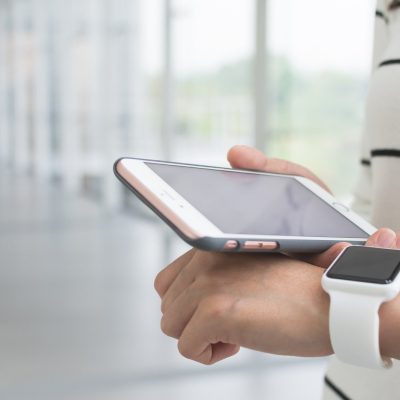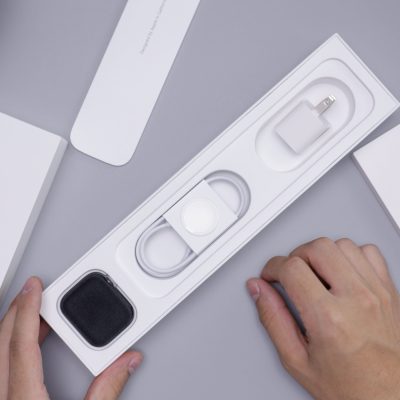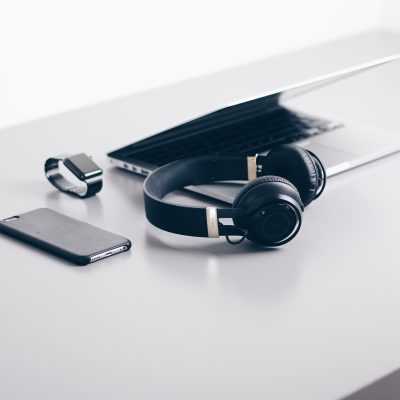Wearables are all the rage these days, with people of all ages keeping track of their health and fitness data through wrist-worn devices like watches, trackers, and earbuds. While there are pros and cons to using wearables, the potential benefits they offer should not be ignored. In this article, we will explore some of the ways wearables can help you be more productive, from tracking your sleep habits to improving your communication skills.
What are Wearables?
Wearable technology is the use of electronic devices on or attached to the body, such as watches, rings, bracelets and glasses. These devices can be used to track personal health and fitness data, monitor environmental conditions and control household appliances. Some wearable devices have been developed for gaming and entertainment purposes, but they are also being used for more serious applications such as monitoring heart rate and glucose levels.
There are a number of different types of wearable technology, including smart watches, activity trackers, sleep monitors and smart glasses. Each has its own advantages and disadvantages, so it’s important to choose the one that’s right for you.
Smart watches are a popular type of wearable technology because they allow you to access your phone notifications and other phone features without having to take your phone out of your pocket. They also have built-in fitness tracking features that can help you keep track of your physical activity levels and nutritional intake.
Activity trackers are another type of wearable technology that can help you monitor your physical activity levels and nutritional intake. These devices typically include an accelerometer and a GPS unit, which cantrack your movements throughout the day. Activity trackers can also monitor how much time
Types of Wearables
Wearable technology has come a long way in recent years, from simple fitness trackers to more complex devices that can monitor your health and even help you manage your day-to-day tasks. So what are wearables, and can they improve your productivity?
The short answer is that wearables can improve your productivity in a few different ways. First, many wearables track your physical activity and generate feedback to help you stay on track. This knowledge can help you make better choices about how much exercise to get, as well as help you identify areas where you need to focus more on your health. Second, wearable technology can help you manage your time more effectively. For example, Jawbone UP24 monitors your daily activity level and sleep patterns, providing real-time feedback that can help you establish better habits. Third, many wearables provide notifications or alerts when important events occur, such as an email arriving or a phone call being made. This information can help you keep up with the latest developments without having to constantly check your device.
So whether you’re looking for a way to monitor your physical activity or stay on top of alerts and notifications, wearable technology may be just what you need to improve your productivity.
How Wearables Can Improve Your Productivity
Wearable technology has been growing in popularity for years now, and there are many different devices that can be used to improve productivity. Here are six wearable devices that can help you be more productive:
1. Fitbit Flex: This fitness tracker is a great way to track your steps, calories burned, and other activity data. The Flex also offers sleep tracking functionality, so you can see how much sleep you’re getting each night. This device can help you stay on top of your health and improve your overall productivity.
2. Jawbone UP24: The UP24 is a fitness tracker that includes heart rate monitoring abilities. This can help you monitor your activity levels and optimize your workout routine. The UP24 also includes a clock, calendar, weather forecast, and more. This device can help you stay organized and keep track of your important dates and schedules.
3. Apple Watch: The Apple Watch is an excellent wearable device for tracking your daily activities as well as heart rate data and other health information. You can use the watch to take phone calls, control various applications on your iPhone or iPad, and more. The Apple Watch is a high-quality product that will help you stay productive throughout the day.
Conclusion
Wearables are devices that are small and worn on the body, typically connected to a smartphone or other device. They can include things like heart monitors and pedometers, but they can also be more specialized: for example, there is a wearable camera that attaches to your bike helmet so you can take photos while you’re riding without having to remove your helmet. While wearables aren’t new—the Fitbit Flex was released in 2011—they have recently become popular due to their potential to improve productivity. A study by Statista found that the number of people using wearables at work has grown 300% over the past three years, with 46% of workers reporting that they use wearables during their day job. If you’re looking for ways to increase your efficiency and reduce distractions, consider incorporating some wearables into your workplace strategy.






